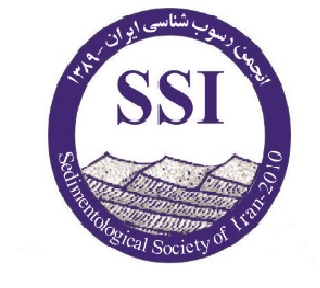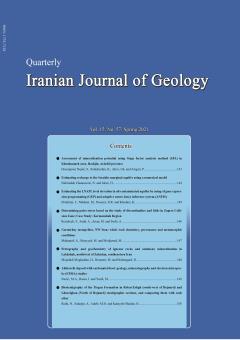Biostratigraphy of the Tirgan Formation in Robat-Eshgh (south-west of Bojnurd) and Ghezelghan (North of Bojnurd) stratigraphic sections, and comparing them with each other.
Subject Areas :nassim Riahi 1 , عباس صادقی 2 * , Mohammad Hossein Adabi 3 , حسین کامیابی شادان 4
1 -
2 -
3 -
4 -
Keywords: Biostratigraphy, Tirgan Formation, Navia-Robat Eshgh, Ghezelghan, Bojnurd, Western Kopet Dagh.,
Abstract :
In order to study biostratigraphy of the Tirgan Formation in western Kopet Dagh, two surface sections including Navia – Robat Eshgh and Ghezelghan, were selected and 230 samples were collected. The Tirgan Formation was measured with a total thickness of 237 and 192 meters in Navia and Ghezelghan sections respectively and was represented by thick and sometimes medium bedded, grey and weathered cream colored limestones in two localities. In Navia section, the Tirgan Formation conformably overlies the Zard – Shurijeh Formation with sharp lithological changes. However, as a result of being located in the core of an anticline, this boundary is not determined in Ghezelghan section. The Tirgan Formation disconformably underlies the Abderaz Formation in Navia section while conformably underlies the Sarcheshme Formation at Ghezelghan section. As a result of biostratigraphical investigations, 58 species belonging to 68 genera of foraminifera were identified in the Tirgan Formation. Based on benthic foraminifera two biozones were determined as follows: 1. Palorbitolina lenticularis Taxon Range Zone 2. Novalesia producta – Orbitolina spp. assemblage zone According to the determined biozones and fossils associations, the age of the Tirgan Formation is Barremian – Early Aptian in both sections. The comparison of the Tirgan Formation, in two-mentioned sections, shows some differences. In terms of biostratigraphy, there is not any significant distinctions, except for thickness difference in biozones.

